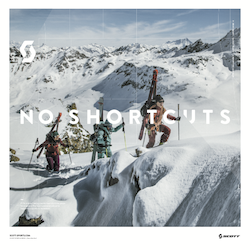Forecast for the Ogden Area Mountains

Issued by Trent Meisenheimer on
Sunday morning, February 13, 2022
Sunday morning, February 13, 2022
The snowpack is generally stable and the avalanche danger is LOW. Watch for (1) isolated pockets of wind-drifted snow in exposed terrain at the upper elevations, and (2) minor wet (solar aspects) or dry (polar aspects) sluffing in the snow in steep terrain.
Remember that RISK is inherent in mountain travel; getting caught in even a small avalanche could have serious consequences in steep, rocky terrain.
Remember that RISK is inherent in mountain travel; getting caught in even a small avalanche could have serious consequences in steep, rocky terrain.

Low
Moderate
Considerable
High
Extreme
Learn how to read the forecast here




